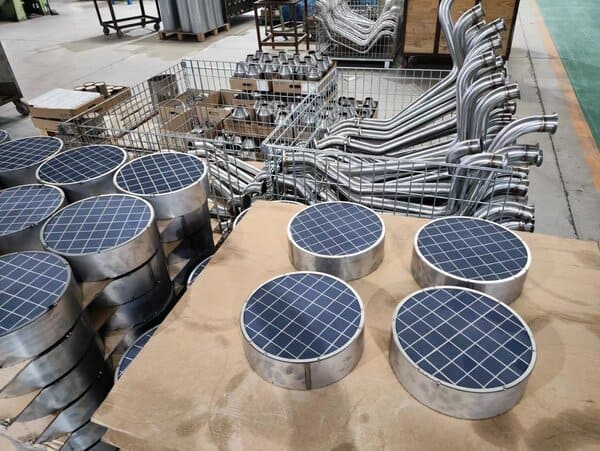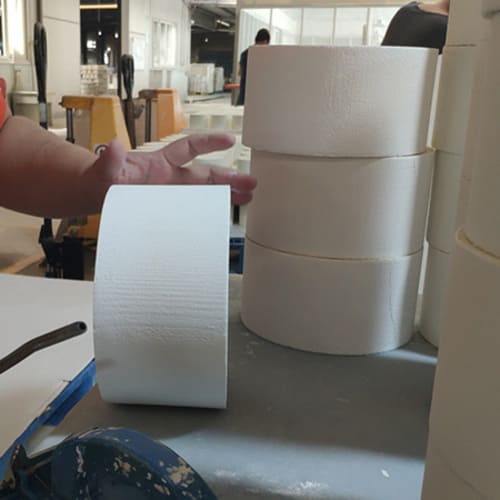Have you heard that aftermarket Diesel Particulate Filters (DPFs) and Diesel Oxidation Catalysts (DOCs) are not as effective as OEM parts? Are there concerns about their legality or impact on engine performance? How many of these assertions are based on facts, and how many are just myths?
The world of aftermarket DPF and DOC is riddled with misconceptions. Many believe that these components are inferior to OEM parts, may not be legal, or could harm engine performance. However, many of these beliefs are unfounded myths rather than reality.
In this post, we will explore and debunk some of the most common myths surrounding aftermarket DPF and DOC. It’s time to separate fact from fiction and provide clarity for those considering these options for their vehicles.

Myth 1: Aftermarket DPFs and DOCs are Illegal?
One common myth is that using aftermarket DPFs and DOCs is illegal. This is not true. Aftermarket DPFs and DOCs are legal as long as they meet the emission standards set by regulatory bodies.
But how do these standards compare to OEM parts?
Comparing Aftermarket and OEM Emission Standards
Aftermarket DPFs and DOCs are often held to the same emission standards as OEM parts. In many cases, they are designed to match or even exceed these standards.
What about the belief that aftermarket parts harm engine performance?

Myth 2: Aftermarket Parts Reduce Engine Performance?
Another myth is that aftermarket DPFs and DOCs negatively impact engine performance. In reality, when correctly selected and installed, they do not hamper engine efficiency.
But what should be considered to ensure this?
Ensuring Optimal Performance with Aftermarket Parts
Choosing the right aftermarket DPF and DOC for your specific engine model is crucial. Proper installation and regular maintenance are key to maintaining optimal performance.
What about the cost-effectiveness of aftermarket parts?
Myth 3: Aftermarket DPFs and DOCs are Not Cost-Effective?
Many believe that aftermarket DPFs and DOCs are less cost-effective in the long run. This is often not the case. They can be a more economical solution, offering similar or better value compared to OEM parts.
But does this compromise on quality?
Quality and Durability of Aftermarket DPFs and DOCs
Quality aftermarket DPFs and DOCs are made with high standards and often undergo rigorous testing. Their durability can be on par with, if not better than, some OEM parts.
So, what should vehicle owners know before purchasing?
Navigating the Aftermarket: Tips for Buyers
Vehicle owners should research and choose reputable manufacturers or suppliers for aftermarket DPFs and DOCs. It’s important to verify that the parts comply with emission standards and are suitable for their specific vehicle model.
How do these parts impact the environment?
Environmental Impact of Aftermarket DPFs and DOCs
Contrary to some beliefs, aftermarket DPFs and DOCs do contribute positively to environmental protection by ensuring reduced emissions, similar to OEM parts.
What is the final takeaway on these aftermarket solutions?

Conclusion
The myths surrounding aftermarket DPFs and DOCs often stem from misinformation. These components, when chosen carefully and maintained properly, offer a legal, cost-effective, and efficient solution for emission control. Dispelling these myths is essential for informed decision-making in vehicle maintenance and environmental compliance.


